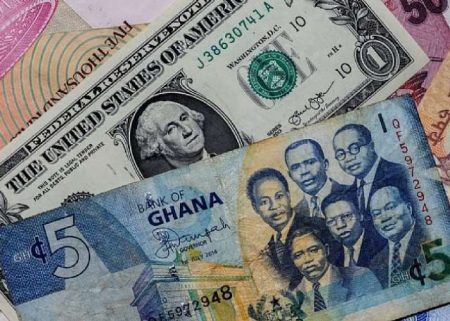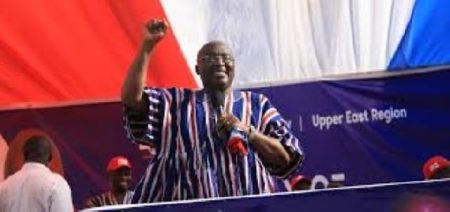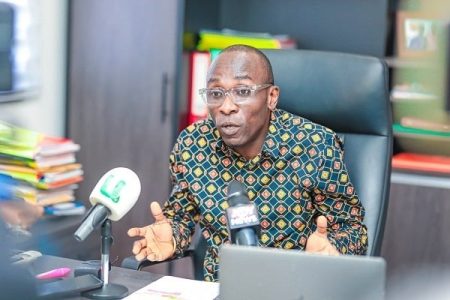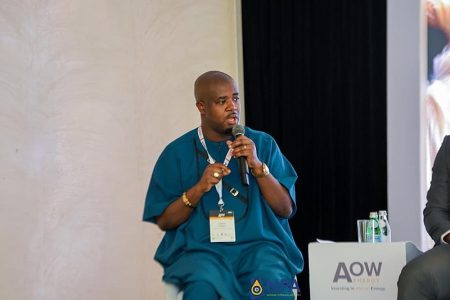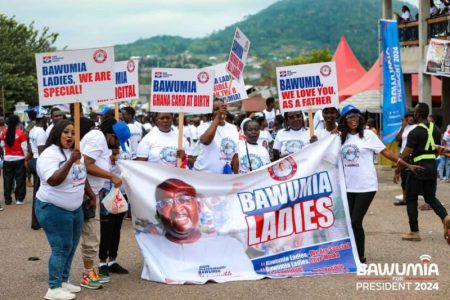The unfolding narrative surrounding Kuami Eugene and his former house help, Mary, offers a glimpse into the complexities of public image, personal relationships, and the power dynamics inherent in celebrity life. Mary’s public accusations against Eugene, circulated through media platforms, ignited a controversy that placed the popular musician in a delicate position. Eugene’s response, characterized by a calculated blend of patience and veiled threat, reveals a strategic approach to managing the situation, prioritizing damage control and long-term reputation management.
Eugene’s initial reaction to Mary’s accusations was one of calculated indifference. Believing the controversy would naturally subside, he adopted a wait-and-see approach, seemingly unfazed by the potential damage to his public image. This initial inaction can be interpreted as a strategic move, designed to avoid amplifying the situation and inadvertently giving Mary’s claims more traction. It also served to portray Eugene as above the fray, suggesting a level of maturity and composure in the face of adversity. This calculated silence can be seen as a form of crisis management, aiming to minimize the negative impact of the accusations without directly engaging in a potentially messy public dispute.
Further complicating the situation was the intervention of Mary’s family. Their pleas for forgiveness, directed at Eugene, underscored the personal dimension of the conflict. It revealed the potential collateral damage to Mary’s familial relationships and the pressure she likely faced from her relatives to retract her statements or seek reconciliation. This family involvement humanizes the situation, shifting the focus from a purely celebrity-centric narrative to one that acknowledges the wider social and familial context. It also highlights the indirect consequences of public accusations, particularly when they involve individuals with significantly different social standings and access to resources.
Despite the family’s pleas and the pressure to respond, Eugene maintained his stance of restrained engagement. His reassurances to Mary’s family that he would handle the situation “accordingly” suggest a carefully considered approach, weighing the potential legal and reputational ramifications of his actions. This calculated response suggests that Eugene was not simply ignoring the situation, but actively strategizing his next move. The ambiguity of his response also served as a subtle warning to Mary, indicating that while he was currently exercising restraint, there were limits to his patience.
The introduction of industry players adds another layer of complexity to the narrative. Their advice to pursue legal action against Mary, including potential arrest and prosecution for defamation, highlights the legal dimensions of public accusations and the potential recourse available to individuals whose reputations are allegedly damaged. This advice also reveals the influence of industry insiders on Eugene’s decision-making process, emphasizing the role of reputation management and brand protection in the entertainment industry. The legal option, while available, presented its own set of challenges, potentially escalating the situation and subjecting Mary to significant financial and legal burdens.
Eugene acknowledged the potential financial hardship legal action would impose on Mary, suggesting an awareness of her limited resources and a degree of empathy for her situation. However, his statement that he was waiting for Mary to “cross a line” before pursuing legal action underscores a calculated approach, balancing his own reputational concerns with the potential consequences for Mary. This strategic patience, combined with the implied threat of legal action, served as a deterrent, potentially discouraging further public accusations from Mary while simultaneously allowing Eugene to maintain a public image of restraint and reasoned response. This complex interplay of factors demonstrates the intricate balancing act required in navigating public controversies, particularly when they involve individuals with disparate levels of power and resources. It also underscores the significant influence of industry pressures, legal considerations, and personal relationships in shaping the trajectory of such disputes.







